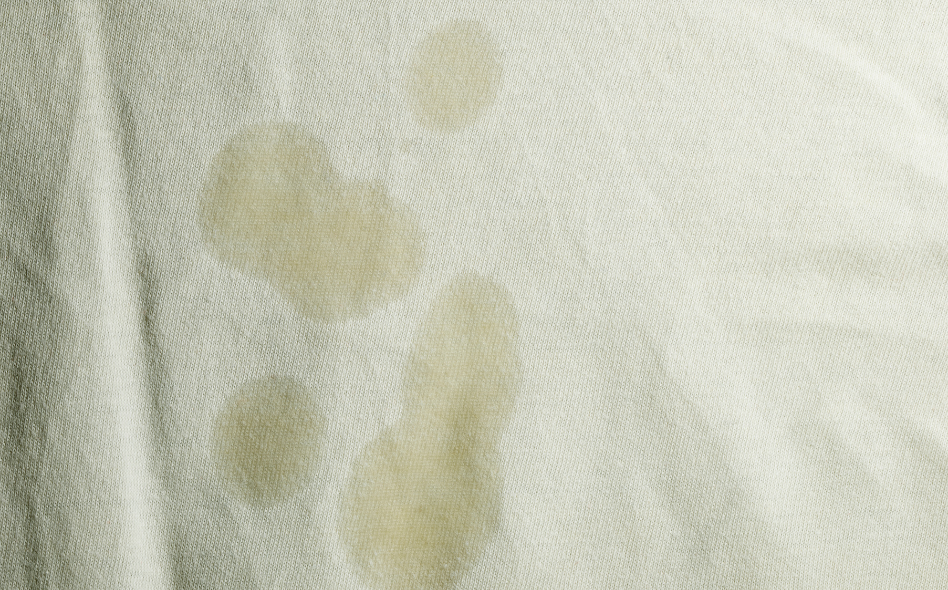
How to Remove Stains from Clothes: Expert Tips and Tricks
When it comes to maintaining the longevity and pristine condition of your favorite clothing items, stains can be your worst enemy. Whether it’s a red wine spill on a white shirt or a coffee stain on your brand-new jeans, it’s essential to know how to remove stains effectively without causing further damage to the fabric. In this comprehensive guide, we, as seasoned professionals in the world of stain removal, will walk you through some tried and tested techniques to help you regain your stain-free wardrobe.
Identifying the Stain
Before you embark on the journey of stain removal, it’s crucial to identify the type of stain you’re dealing with. Different stains require different treatment methods, and using the wrong approach can exacerbate the problem. Here are some common types of stains and how to identify them:
1. Food and Beverage Stains

These stains are often caused by spilled food or drinks. They can include ketchup, wine, coffee, and more. To identify these stains, look for discoloration and the source of the spill.
2. Oil-Based Stains

Oil-based stains, like those from salad dressings or cooking oils, leave a greasy mark on your clothing. They often appear as dark, translucent spots.
3. Ink Stains

Ink stains can occur from pen or marker mishaps. They usually present as blots or lines on the fabric.
4. Blood Stains

Bloodstains can result from minor cuts or accidents. They appear as reddish-brown marks.
5. Grass and Mud Stains

Outdoor activities can lead to grass and mud stains, which are characterized by their green or brown appearance.
The Stain Removal Process
Now that you’ve identified the type of stain, it’s time to delve into the stain removal process. We’ll provide you with a step-by-step guide for removing common stains:
1. Food and Beverage Stains
Step 1: Blot the Stain
Using a clean cloth or paper towel, blot the stain gently to remove any excess liquid. Avoid rubbing, as this can spread the stain.
Step 2: Pre-treat
Apply a stain-removing solution, such as a mixture of water and dishwashing detergent, directly to the stained area. Let it sit for a few minutes.
Step 3: Rinse and Launder
Rinse the treated area with cold water and then launder the garment as usual. Be sure to check the stain is gone before drying, as heat can set the stain.
2. Oil-Based Stains
Step 1: Absorb Excess Oil
Place a paper towel or cloth under the stained area to absorb excess oil. Be careful not to spread the stain further.
Step 2: Apply Dishwashing Detergent
Gently rub a small amount of dishwashing detergent onto the stain. Let it sit for a few minutes.
Step 3: Rinse and Launder
Rinse the stained area with cold water, and then launder the garment. Check for any remaining traces of the stain before drying.
3. Ink Stains
Step 1: Blot with Rubbing Alcohol
Dip a cotton ball or cloth in rubbing alcohol and gently blot the ink stain. Do not rub, as it can cause the ink to spread.
Step 2: Rinse and Launder
After blotting, rinse the area with cold water and launder as usual. Inspect the stain before drying, and repeat the process if necessary.
4. Blood Stains
Step 1: Rinse with Cold Water
Rinse the blood stain under cold, running water. Avoid hot water, as it can set the stain.
Step 2: Pre-treat
Apply hydrogen peroxide or a mixture of cold water and salt to the stain. Let it sit for a few minutes.
Step 3: Rinse and Launder
Rinse the treated area with cold water and launder the garment as you normally would.
5. Grass and Mud Stains
Step 1: Scrape Off Excess
Use a spoon or blunt edge to scrape off excess grass or mud without pushing it further into the fabric.
Step 2: Pre-treat
Apply a mixture of water and white vinegar to the stained area and let it sit for a few minutes.
Step 3: Rinse and Launder
Rinse the treated area with cold water and launder the garment. Check for any remaining residue before drying.
General Tips for Stain Removal
Here are some additional tips to enhance your stain removal skills:
- Act quickly: The sooner you address a stain, the easier it is to remove.
- Test in an inconspicuous spot: Before applying any stain-removing solution, test it on an inconspicuous area of the fabric to ensure it doesn’t cause damage.
- Use appropriate tools: Invest in stain removal tools like stain pens or stain-specific detergents for more effective results.
- Check the care label: Always follow the care label instructions on your garments to avoid causing damage during the stain removal process.
Conclusion
In our comprehensive guide on how to remove stains from clothes, we’ve covered various types of stains and provided you with step-by-step instructions for effective stain removal. By following these expert tips and tricks, you can ensure that your favorite clothing items stay stain-free and maintain their pristine condition. Remember that quick action and the right stain removal methods are key to success. So, say goodbye to stubborn stains and enjoy your spotless wardrobe.
